Small Kumquats: Bite-Sized Citrus Bliss!
As Kumquats are entirely edible, they are a versatile ingredient in both sweet and savory preparations. Its Slice into coins and cook with sugar and water until candied, then use to top pound cake or ice cream. Add its sliced to pomegranate juice, champagne and club soda for punch.
Poach Kumquat slices in sugar and water, then layer over a tart shell baked with almond and butter filling, topped with kumquat syrup. Dice Kumquats and mix with diced avocado, red onion, cilantro and lime for a fresh salsa. To prepare, wash and dry.
They may have a strange name, but they don’t have that strange of an appearance. In fact, these small citrus fruits resemble oranges to a certain degree. Both inside and out, although they are smaller than most orange varieties.
They are the fruit of a small tree in the Rutaceae family, with a full scientific name of Citrus japonica. They didn’t make it to Europe or the Americas until the 19th century, but have since spread extensively. Due to their sweet flavor, kumquats are a favorite for garnishes, cocktails, jams, jellies, preserves, candies, and desserts.
Current Facts
There are four varieties , two varieties being the most common: nagami (oval shape) and meiwa (rounded). Meiwa is considered to be the sweeter of the two, yet nagami is most commonly grown as it is a more vigorous, hardy and prolific producer.
It used to be classified as a citrus up until 1915 when they were given their own Genus, Fortunella, named after horticulturist, Robert Fortune, who introduced the kumquat to Europe in 1846.

















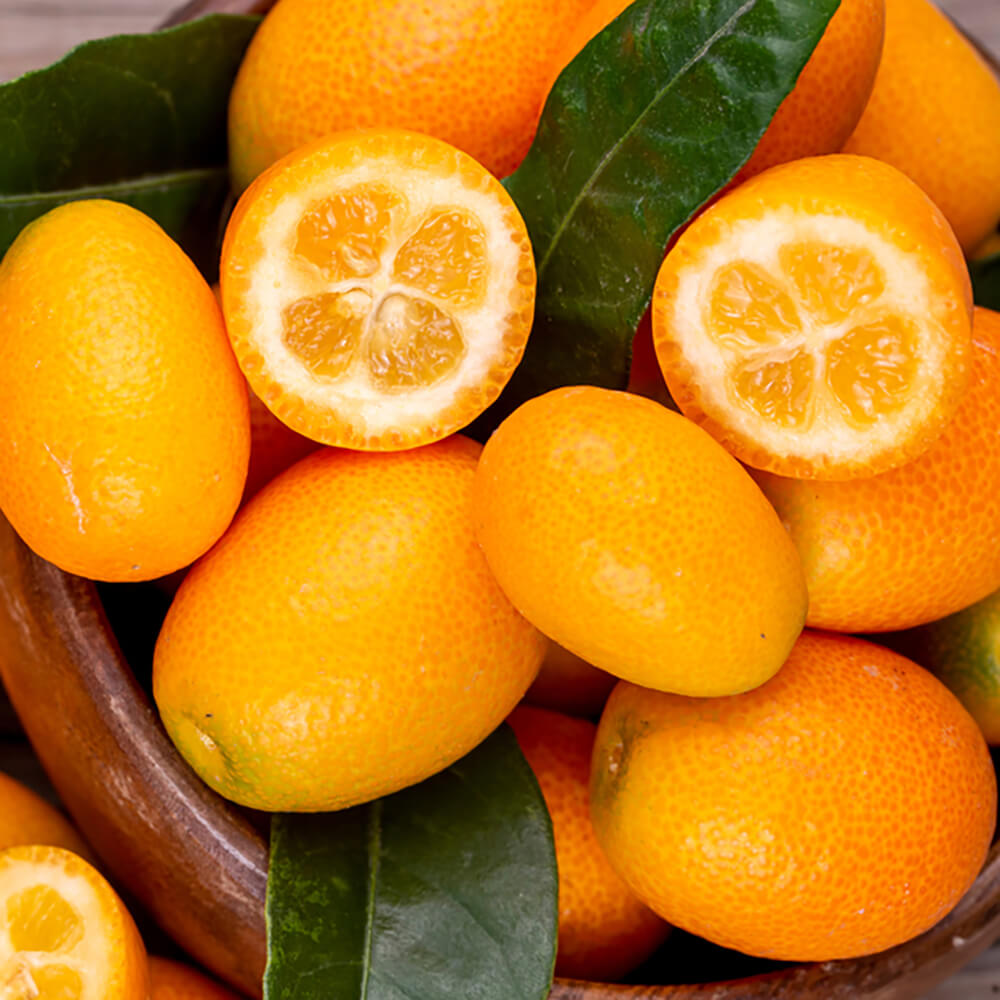
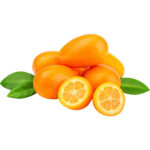
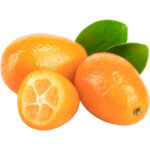
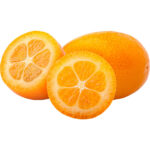
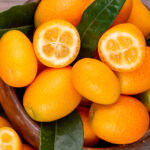
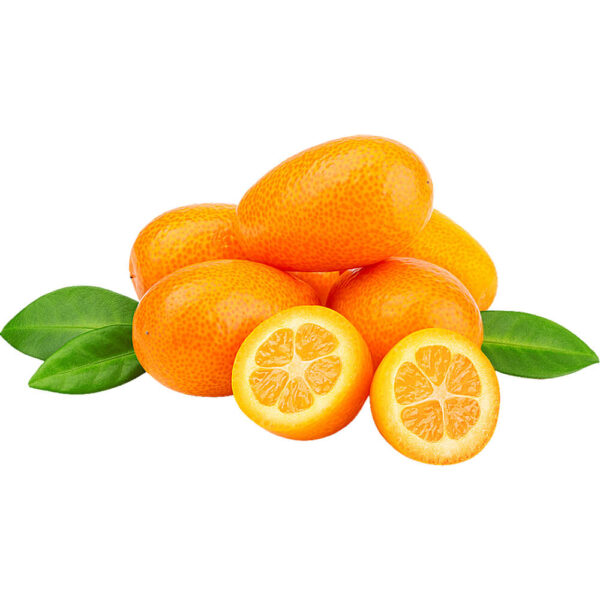
Reviews
Clear filtersThere are no reviews yet.